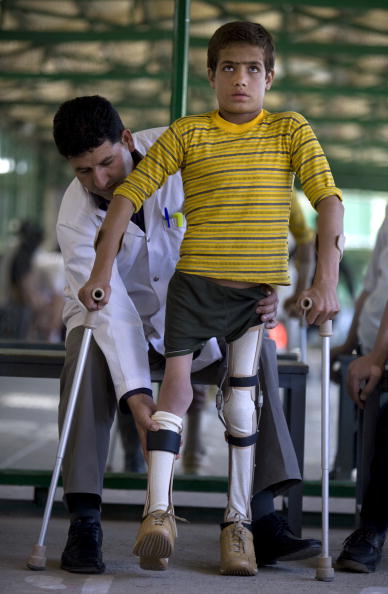
What do Zimbabwe, Rwanda, Algeria, El Salvador, Guyana, Sudan, Iran, Kyrgyzstan, Mongolia and Yemen have in common? A child in those countries is more likely to be vaccinated against polio than in the American city of Seattle.
Only about 81% of children entering kindergarten in Seattle have been vaccinated for polio. This is lower than the polio vaccination rates of many developing countries according to statistics from the World Health Organization.
According to radio station KUOW-FM, 88.4% of kindergartners are vaccinated against polio in Washington. Compare that rate to the 95.4% who were vaccinated against polio in the state in 1998.
Even the large outbreak of measles that occurred earlier this year, which included one death of an adult, has not raised vaccination rates in Seattle and in Washington State. Radio station KUOW-FM in Seattle is reporting that even more parents are not choosing not to have their children vaccinated against measles, mumps, and rubella, the three diseases covered in the MMR vaccine.
The low rate of immunization is dangerous not just for the children who are not vaccinated. Immunization rates have to be above 95% in order to create what is known as herd immunity, which helps protect people who cannot be vaccinated for legitimate medical reasons and infants who are too young to vaccinate.
For several years now, polio has been achingly close to becoming the second disease to be wiped off the face of the earth by vaccination; the first was smallpox. Polio still affects Nigeria, Afghanistan, and Pakistan. Travelers could easily reintroduce polio into the United States from these countries. The disease could also spread from those countries to neighboring countries which would enlarge the danger of it spreading even further.
Polio is a highly contagious viral infection that is spread through fecal contamination or saliva. In about 5% of cases, it causes muscle paralysis that can be permanent and that can kill. Although it has been known since ancient times, major outbreaks started to occur in the late 1800s in developed nations and these epidemics caused thousands of deaths and hundreds of thousands of cases of paralysis. Years later, survivors of paralytic polio can suffer a painful condition called post-polio syndrome.
